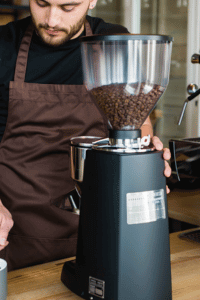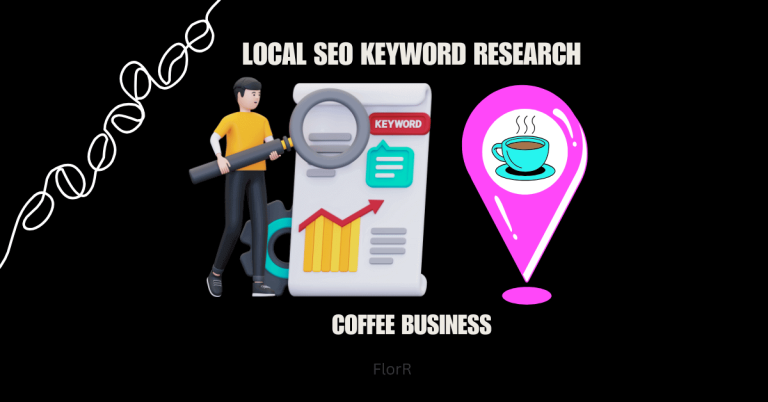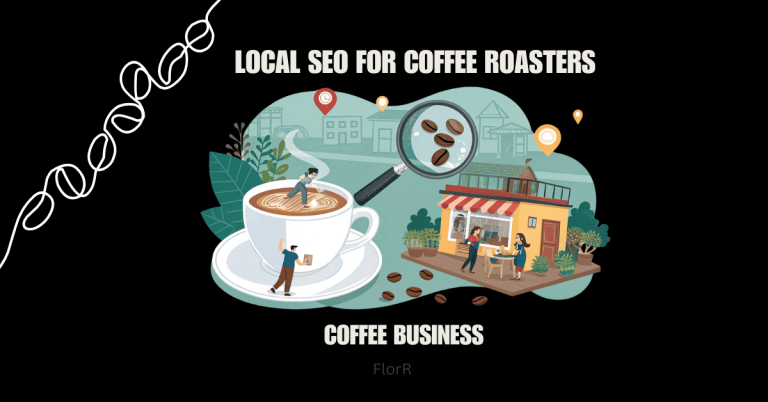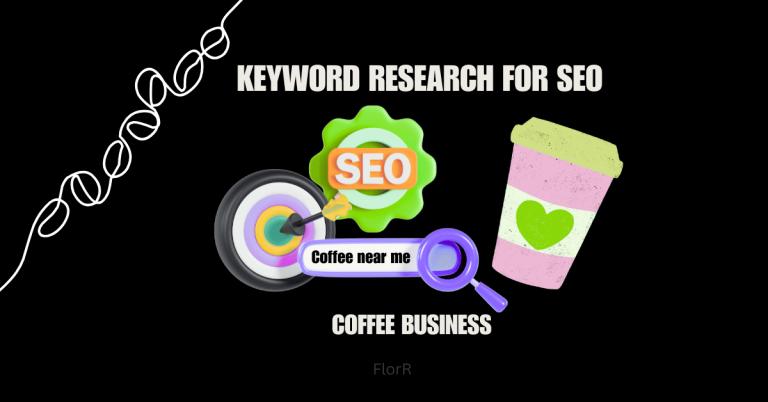
This site contains affiliate links. I may earn a commission if you purchase through these links. Thank you for being so supportive!
Ever wonder why that average coffee brand appears everywhere online while your superior beans remain undiscovered? The secret isn’t quality; it’s SEO content strategy.
While you’re perfecting your roast profiles, successful coffee brands are creating content specifically designed to rank in search results while educating and inspiring coffee lovers. These aren’t just blog posts, they’re customer magnets.
Here’s what thriving coffee businesses understand: When you align your content with what coffee enthusiasts are actually searching for, you transform from invisible to unmissable.
Strategic SEO content doesn’t just drive traffic—it establishes your brand as an authority coffee lovers trust and return to.
Ready to stop being the industry’s best-kept secret?
Learn how to create SEO content specifically for coffee brands that will improve your visibility in search results, connecting you with customers actively looking for what you offer.
What is SEO Content and Why is it Important for Coffee Businesses?

SEO content strategically combines valuable information with search optimization to help your coffee business rank higher in search results. Its purposefully crafted to attract both search engines and human readers.
With 53% of website traffic coming from organic search, the content you write creates pathways for customers to discover your coffee brand.
Creating effective content for SEO connects with customers at every stage, from those researching brewing methods to those looking for the nearest specialty café.
Having helped dozens of coffee businesses develop content strategies, I’ve seen how optimized articles and landing pages consistently outperform paid ads in long-term ROI.
Think of SEO content like your house blend; it requires initial effort to perfect, but then delivers consistent results day after day.
How Does SEO Content Differ From Regular Content Marketing?
SEO content strategically incorporates search elements while delivering genuine value. This type of content addresses both human needs and search algorithm requirements.
While traditional content focuses primarily on brand messaging, the SEO content creation process starts with keyword research and search intent.
It strategically uses headers, optimized images, and internal linking that regular content might overlook.
Through my experience helping coffee brands create SEO copy that converts, I’ve found search engines now evaluate content quality through engagement metrics, comprehensive topic coverage, and expertise signals, not just keyword usage.
The most successful coffee businesses balance optimization with authenticity, creating content that satisfies both algorithms and customers.
What Types of SEO Content Work Best for Coffee Brands?
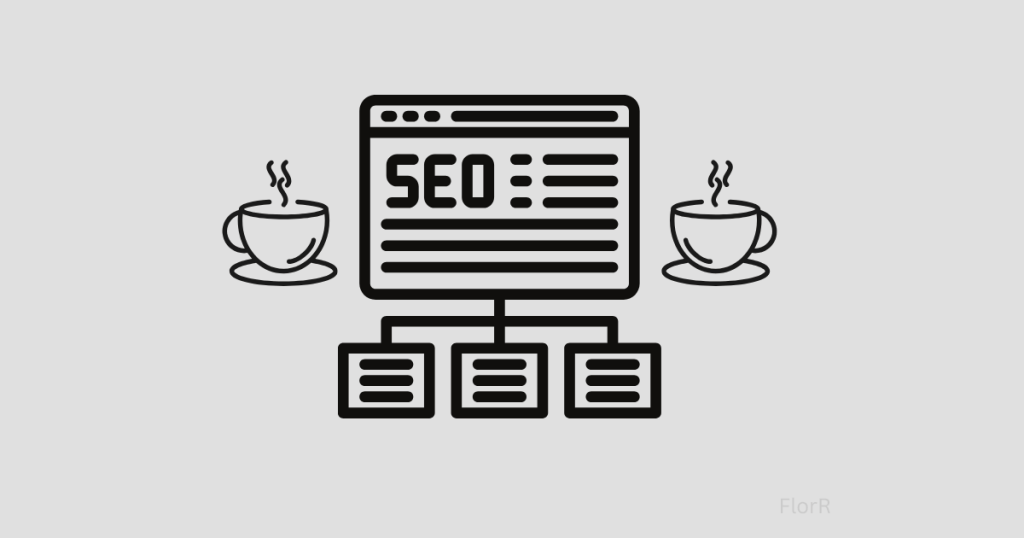
Strategic content types help coffee businesses rank for different search intents, from educational topics to purchase-focused queries. Selecting the right formats dramatically impacts visibility and engagement.
Blog posts drive the highest organic traffic (68% higher engagement than static pages), while optimized product pages convert at 3-5x higher rates when properly structured.
Location pages are crucial for cafés seeking to attract foot traffic. Having helped coffee brands build their SEO plan from scratch, I’ve found that content doesn’t perform equally across all business models.
Roasters benefit most from educational content, while cafés need location-focused pages. Match your primary content types to your specific business objectives rather than following generic advice.
Why Do Blog Posts Drive SEO Success for Coffee Businesses?
Blog posts form the foundation of effective coffee business SEO, creating multiple pathways for potential customers to find your content through search engine results pages.
Websites with active blogs have 434% more indexed pages, dramatically increasing your discoverability.
The best-performing coffee blog topics include brewing guides (5,400 monthly searches for “how to make pour-over coffee”), origin stories (2,900 searches for “Ethiopian coffee flavor profile”), and educational content like “coffee tasting terminology” (1,700 monthly searches).
Through my experience developing quality content for coffee brands, I’ve seen consistent blogging increase organic traffic by 75-150% within 6-9 months.
How Can Product Pages Be Optimized as SEO Content?
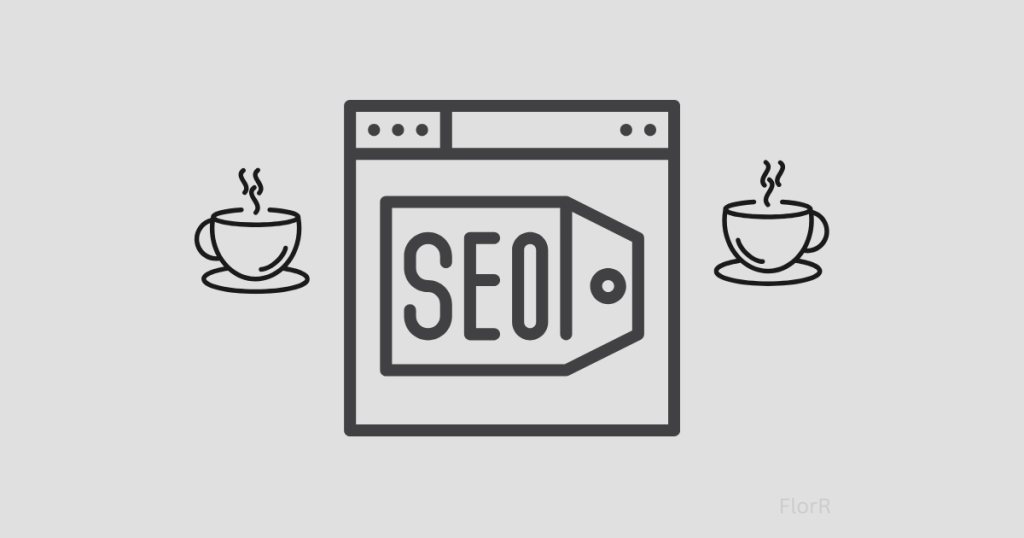
Product pages serve dual purposes: converting visitors while attracting organic search traffic. Strategic optimization balances these goals to drive both visibility and sales.
Optimize each product page with unique titles containing key product terms, comprehensive descriptions (300+ words), multiple high-quality images with optimized alt text, and schema markup for rich results.
Through my work helping coffee roasters optimize website SEO from scratch, I’ve documented cases where properly structured product content increased organic traffic by 215% while improving conversion rates by 24%.
The most successful pages balance detailed product information with strong calls-to-action rather than sacrificing conversion potential for keyword density.
What Makes Location Pages Powerful for Local Coffee Shop SEO?
Location pages connect your café with customers searching in specific neighborhoods. They serve as digital storefronts for each physical location you operate.
Create dedicated pages for each café location with neighborhood-specific content, embedded Google Maps, unique photos of that location, and location-specific testimonials. Implement Local Business schema markup with precise NAP (name, address, phone) details.
Having helped multi-location coffee shops develop location content, I’ve found these pages consistently rank better when they include neighborhood landmarks, parking information, and nearby attractions.
All signals that help search engines understand exactly where you operate, so customers can find your content when searching locally.
How Do You Create an SEO Content Strategy for Your Coffee Brand?

Let’s break down the process of building an effective SEO content plan
How Should You Conduct Keyword Research for Coffee Content?
Effective keyword research reveals how potential customers search for coffee-related topics. This critical aspect of SEO guides what content to write for maximum visibility.
Start with seed terms like “specialty coffee” or “coffee brewing,” then expand using tools like Google Keyword Planner or Ubersuggest to find related phrases.
Prioritize terms with a monthly search volume of 100-1,000 and “low” to “medium” difficulty scores.
Having guided numerous coffee businesses through the SEO content creation process, I recommend organizing keywords by intent categories:
- informational (“how to brew better coffee”),
- commercial (“best light roast coffee beans”),
- and transactional (“buy Ethiopian coffee online”)
To ensure you’re creating content that people at different buying stages need.
Why is Understanding Search Intent Crucial for SEO Content Success?
Search intent reveals why someone is searching, helping you create content that truly addresses their needs. Understanding this motivation dramatically improves content performance.
The four main intent types:
- informational (“how to make cold brew”),
- navigational (“Blue Bottle coffee near me”),
- commercial (“best espresso machines”),
- and transactional (“buy Guatemalan coffee beans”)
All require different content approaches.
Through my experience helping coffee brands create SEO copy that converts, I’ve found that matching content structure to intent is crucial:
- Informational content should be comprehensive with step-by-step guidance.
- Commercial content needs comparison elements,
- Transactional content requires clear purchasing paths with compelling calls-to-action.
How Do You Build an SEO Content Calendar for Your Coffee Business?
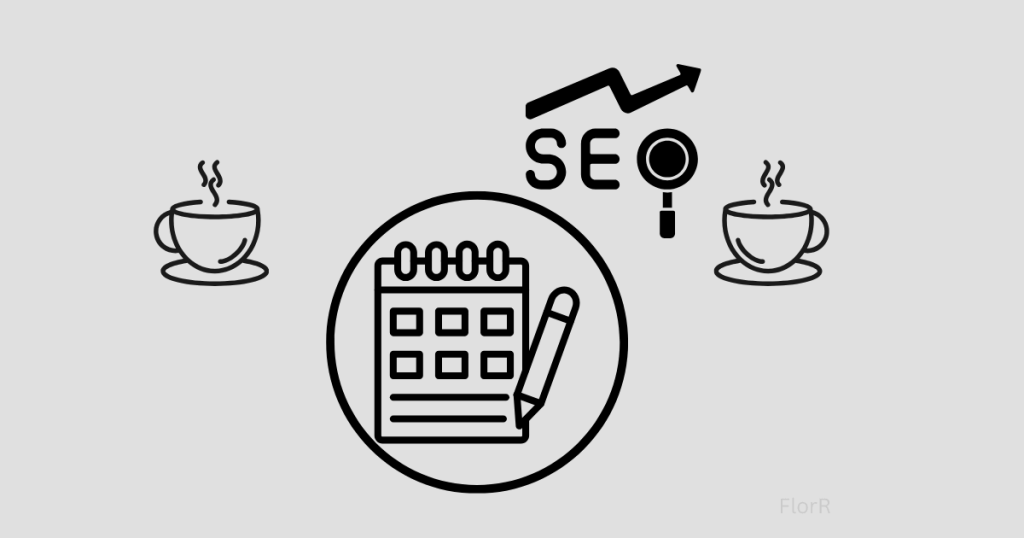
Strategic content planning ensures consistent publishing while maximizing seasonal opportunities. A well-structured calendar makes content on your site cohesive and manageable.
Start by mapping seasonal coffee trends (iced coffee in summer, holiday flavors in winter) alongside evergreen topics that perform year-round.
Create a three-month rolling calendar with content types, target keywords, publishing dates, and assignment details.
Having helped coffee businesses with limited resources implement content strategies, I recommend batching similar content creation (writing content in themed sets), repurposing content across formats, and focusing on quality over quantity.
Two excellent monthly pieces will outperform four mediocre ones in long-term SEO value.
What Makes SEO Content That Ranks in Search Engine Results?

High-ranking coffee content combines comprehensive topic coverage, user engagement signals, and technical optimization. These elements work together to signal quality to search algorithms.
Focus on creating content that helps readers solve specific problems while incorporating proper heading structure, optimized images, and internal linking.
Your technical implementation should include proper schema markup, mobile optimization, and fast loading speeds.
Having helped coffee brands create content that ranks consistently, I’ve found that comprehensive coverage of a topic (addressing all related questions) coupled with strategic internal links to your content creates topical authority that search engines reward.
The most successful businesses create an on-page SEO strategy before writing, not as an afterthought.
How Do You Optimize Your Content for Featured Snippets?
Featured snippets position your coffee content at “position zero” above traditional search results. Winning these placements requires strategic content structuring focused on common questions.
Research common coffee questions using “People Also Ask” sections and create content that directly answers these queries in concise, structured formats:
- For definitions, use clear paragraphs of 40-60 words.
- For processes, use numbered lists (like brewing steps).
- For comparisons, use tables (like coffee origin characteristics).
Through my experience helping coffee brands optimize content, I’ve found that pages structured with clear question headings (H2s and H3s) formatted as complete questions dramatically outperform traditional content in gaining these valuable positions.
What Role Does Content Length Play in SEO Success?

Content length significantly impacts your coffee website’s ranking potential, but quality always trumps quantity. The right length depends on the specific topic, competition, and search intent.
Research shows top-ranking coffee content averages 1,200-1,800 words for comprehensive guides but only 600-800 words for location pages.
Instead of focusing exclusively on word count, create SEO pillar pages (comprehensive resources on core topics) that link to related cluster content.
Having analyzed thousands of coffee-related pages;
I’ve found that successful content thoroughly addresses the topic without unnecessary filler, creating content on your website that adds genuine value through unique insights, original research, or expert perspective that can’t be found elsewhere.
How Do You Write SEO Content That Engages Coffee Lovers?

Creating engaging SEO content for coffee businesses requires balancing optimization with authentic storytelling. Content for search engines must also captivate human readers to drive meaningful business results.
Start with a solid SEO foundation through keyword research, then layer in your brand’s unique perspective and voice.
Rather than stuffing keywords, focus on naturally addressing the topics people search for while maintaining your distinctive coffee brand personality.
Having helped numerous coffee businesses create SEO copy that converts, I’ve found the most successful content connects technical coffee knowledge with relatable experiences.
The perfect blend combines optimization elements with genuine enthusiasm for coffee that makes reading your content enjoyable, not just informative.
What Makes High-Quality Content That Satisfies Both Google and Readers?
High-quality coffee content demonstrates expertise while remaining accessible and engaging. This balance signals value to both search algorithms and human readers.
Implement E-A-T principles by including expert opinions, citing reputable sources, and sharing transparent information about your coffee sourcing and processes.
When you create content clusters for SEO around core coffee topics, you demonstrate comprehensive knowledge that search engines reward.
Through my experience analyzing content performance for coffee brands;
I’ve found that engagement metrics like time on page, scroll depth, and low bounce rates directly influence rankings, meaning every piece of content should be genuinely valuable, not just keyword-optimized.
How Can You Make Technical Coffee Topics Accessible and SEO-Friendly?
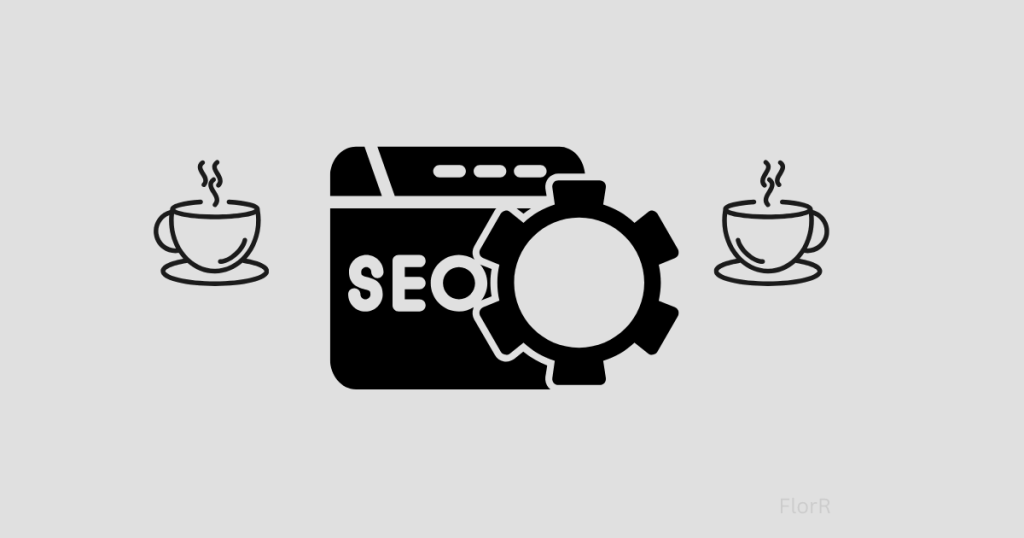
Technical coffee topics present unique challenges for SEO content creation. The best content makes complex subjects approachable while maintaining search optimization.
Start by identifying the specific questions beginners have about complex topics, then create SEO-friendly blog posts that answer these questions step-by-step.
Use analogies that connect unfamiliar concepts to everyday experiences, like comparing extraction variables to cooking ingredients.
Having helped coffee brands simplify topics from processing methods to flavor chemistry.
I recommend creating an SEO keywords list for each technical topic, then incorporating relevant terms while using helpful visuals like comparison charts, process infographics, and annotated photos to enhance understanding.
How Do On-Page SEO and Content Optimization Work Together?

On-page SEO and content quality work hand-in-hand to improve your coffee website’s visibility. This dual approach forms a crucial part of SEO that many businesses overlook.
Implement essential on-page elements, including:
- Optimized title tags (using your primary keyword near the beginning),
- Descriptive meta descriptions,
- Proper heading hierarchy (H1, H2, H3),
- Optimized images with relevant alt text.
Structure content with:
- Clear introductions that address search intent,
- Scannable sections with descriptive subheadings
- Strategic internal linking.
Having helped coffee brands create on-page SEO strategy, I’ve found that content that shows thoroughness while maintaining readability consistently outperforms content that prioritizes either SEO elements or readability alone.
Where Should You Place Keywords in Your Coffee Content?
Strategic keyword placement signals relevance to search engines while maintaining natural readability. Knowing where keywords matter most helps create balanced, effective content.
Include your primary keyword in:
- the title tag
- H1 heading,
- First 100 words,
- At least one H2 heading
- Naturally throughout the content (roughly every 200 words).
Use semantic variations rather than exact repetition, if targeting “single-origin coffee beans,” also include “single-origin beans” and “specialty coffee origins.”
Following these SEO content writing tips helps you create content that feels natural to readers while still signaling relevance to search engines through strategic placement of terms in high-impact locations.
Why Are Internal Links Important for SEO Content Success?

Internal linking creates pathways between your coffee content pieces, helping both users and search engines discover related, relevant content on your website. This connectivity boosts overall site authority.
Create a deliberate linking structure where comprehensive “pillar” content (like “Coffee Brewing Guide”) links to specific related articles (like “Pour-Over Methods”).
Use descriptive anchor text that includes target keywords rather than generic “click here” phrases.
Having implemented internal linking strategies for numerous coffee businesses:
I’ve found that even long content benefits from strategic internal links; they reduce bounce rates by providing natural next steps for readers while helping search engines understand your site’s topical expertise and content relationships.
How Can You Use SEO and Content Marketing Together for Better Results?

Integrating SEO with broader content marketing creates synergy that amplifies both efforts. This strategic alignment enables you to derive more value from the content you create.
When content and SEO work together, each piece serves multiple objectives, improving search visibility while engaging customers and building your brand.
Structure content for SEO success first, then promote across channels to maximize reach.
Having helped coffee brands build their SEO plan alongside content strategies, I’ve found businesses achieve 3- 4x better results when optimization is part of the initial content planning rather than an afterthought.
The most successful approach starts with search data to identify opportunities, creates quality content around these topics, and then amplifies through social, email, and partnerships.
What Types of SEO Content Support Social Media Marketing?
Certain content formats naturally perform well in both search results and social feeds. Creating these dual-purpose assets maximizes your content marketing efficiency.
Visual guides, infographics, “listicles,” and timely trend analyses consistently perform well across both channels.
When it comes to SEO and content marketing integration, coffee brewing tutorials, origin stories with striking imagery, and “myth vs. fact” content get engagement on social while ranking in search.
Having managed cross-platform campaigns for coffee brands, I recommend creating cornerstone SEO content, then extracting shareable segments for social media with links back to the full resource.
How Can Email Marketing Enhance Your SEO Content Strategy?
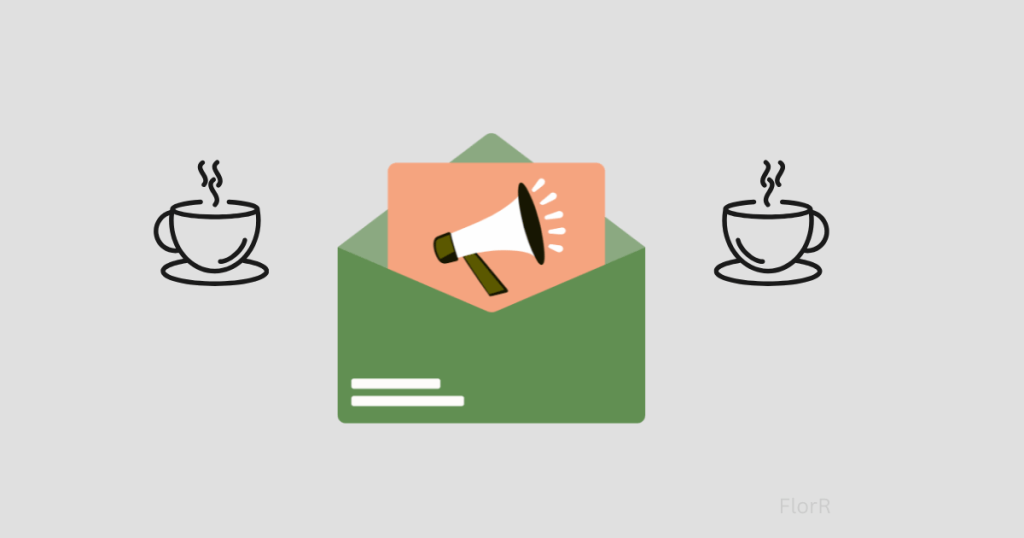
Email marketing drives targeted traffic to your SEO content while deepening relationships with existing customers. This powerful combination converts casual readers into loyal customers.
Segment your email list to deliver the most relevant content to different customer groups, sending brewing guides to hobbyists and origin stories to connoisseurs.
Create dedicated landing pages for email campaigns that still maintain SEO best practices.
From my experience guiding coffee businesses through integrated campaigns:
I’ve found that when it comes to SEO, email traffic signals high relevance and engagement to search algorithms, potentially boosting rankings when visitors from email spend significant time engaging with your content.
How Do You Measure If Your SEO Content Strategy Is Working?
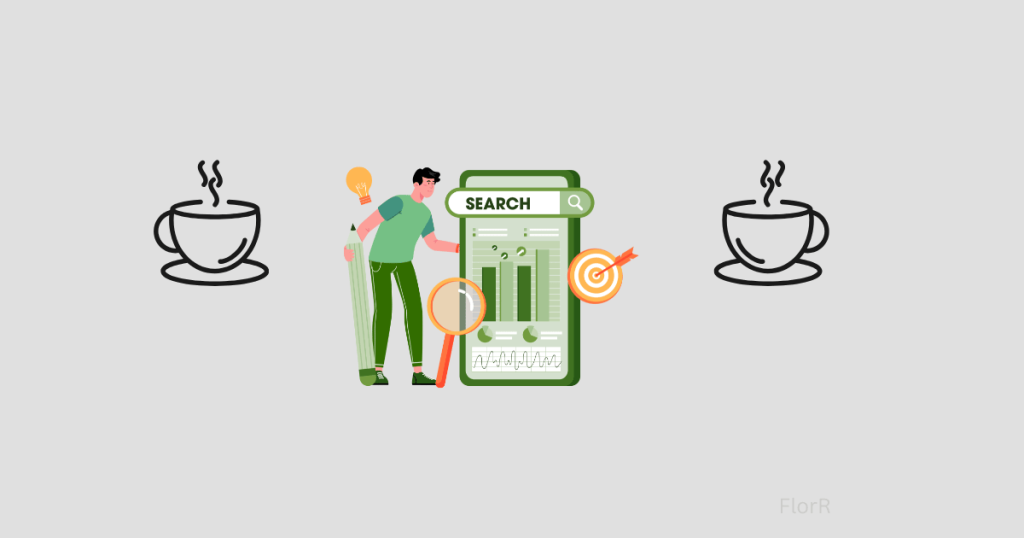
Measuring content performance reveals whether your investment is driving meaningful business results. Tracking specific metrics helps optimize your approach for maximum impact.
Monitor organic traffic growth, keyword rankings, engagement metrics (time on page, scroll depth), and conversion actions like email signups or “find location” clicks.
Free tools like Google Analytics and Search Console provide essential data for small coffee businesses.
Having helped dozens of coffee brands evaluate their website content, I recommend creating a simple monthly dashboard focusing on 5-7 key metrics rather than tracking everything.
Good SEO content shows improvement in visibility and engagement over time, even if immediate ranking jumps aren’t always evident.
How Should You Use Google Search Console to Improve Content Performance?
Google Search Console reveals exactly how search engines like Google see and rank your content. This free tool provides invaluable insights for content optimization.
Focus on the “Performance” report to identify which queries drive impressions but few clicks—these represent opportunities to improve titles and descriptions.
The “Coverage” report highlights technical issues that prevent proper indexing.
Through my experience helping coffee businesses make SEO content that ranks higher:
I’ve found the most valuable practice is analyzing which pages rank on page two (positions 11-20), then strategically enhancing those pieces with additional information, updated statistics, and improved internal linking to push them onto page one.
What Content Audits Should You Perform to Boost SEO Success?

Content audits identify underperforming assets and optimization opportunities across your website. This systematic review helps maximize the value of existing content.
Conduct quarterly content audits, categorizing each piece by performance (traffic, conversions) and quality (accuracy, depth).
Make sure the content that’s underperforming gets updated with current information, enhanced depth, and improved keyword optimization.
Having guided coffee businesses through content revitalization, I recommend focusing first on high-opportunity pages, those ranking positions 5-15 or covering topics with significant search volume.
Strategic consolidation of similar content pieces into comprehensive guides often delivers better results than creating entirely new content.
Why Are the Basics of Search Engine Optimization Important for Content Creation?
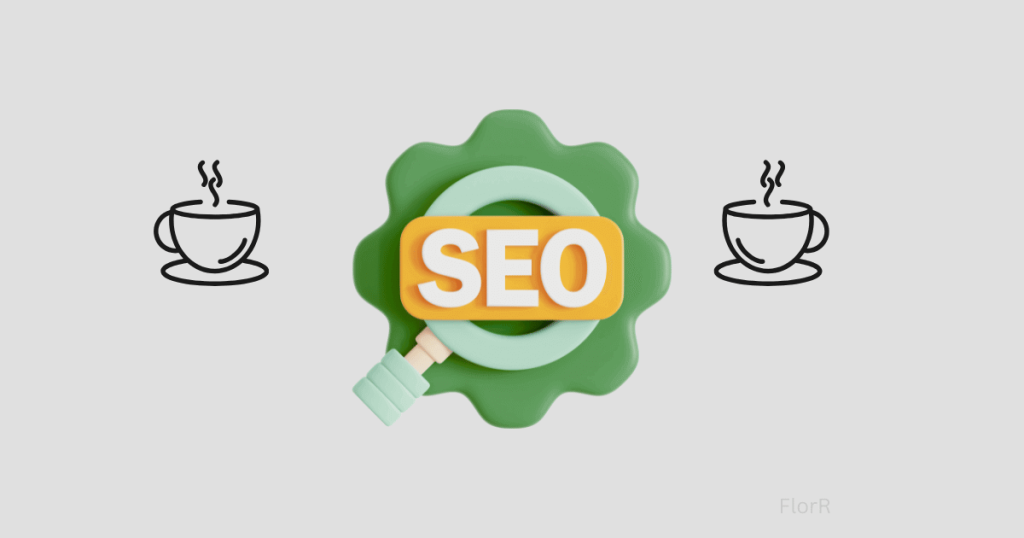
Understanding fundamental SEO principles ensures the content you create actually reaches your target audience. These basics form the foundation of effective digital marketing for coffee businesses.
Essential SEO knowledge includes keyword research, on-page optimization, technical fundamentals, and user experience factors.
Creating content for SEO without understanding these principles is like brewing coffee without measuring; results will be inconsistent.
Having guided coffee businesses through changes in marketing approaches, I’ve found that staying updated through reliable sources like Search Engine Journal, Moz’s blog, and Google’s own Search Central helps you adapt to algorithm updates.
The most successful coffee businesses view SEO as an ongoing education rather than a one-time implementation.
How Can You Learn SEO Content Skills as a Coffee Business Owner?
Developing practical SEO content skills helps coffee business owners create effective content without requiring agency budgets. Focused learning delivers the specific knowledge you need.
Start with free courses from HubSpot Academy or Moz’s Beginner’s Guide to SEO, then explore coffee-specific webinars from industry associations.
Essential tools include Google Keyword Planner for research, Hemingway Editor for readability, and Yoast SEO for WordPress users.
The steps to create an SEO strategy become clearer through these resources. I also blog about SEO specifically for coffee businesses, like this article.
Through my experience mentoring coffee shop owners, I’ve found that understanding your content goals before diving into tactics helps focus your learning on the most relevant SEO aspects for your specific business needs.
Key Takeaways
- Start with keyword research focused on terms your specific coffee audience uses when searching.
- Match content types to business goals—blogs for authority, product pages for sales, location pages for foot traffic.
- Structure content around search intent to ensure you’re answering the questions customers are asking.
- Follow these steps to create an SEO strategy: research, plan, create, optimize, measure, and refine.
- Optimize strategically with keywords in titles, headings, and naturally throughout, while maintaining authentic brand voice.
- Content management requires regular audits to identify and refresh underperforming pages.
- Make SEO content that ranks by measuring success through specific metrics like organic traffic growth and conversion actions.
Final Thoughts
Creating effective SEO content connects your coffee brand with customers actively searching for what you offer. Content designed to rank drives sustainable traffic that paid advertising simply can’t match.
Start with keyword research, create valuable content aligned with search intent, optimize strategically, and measure performance to continuously improve.
Content helps establish your expertise while building customer relationships long before the first purchase.
Time to brew up content that connects your amazing coffee with the people already searching for it. Begin with one high-value piece that targets your most important keywords.
FAQs
How long does it take for SEO content to rank for coffee businesses?
Coffee business SEO content typically takes 3-6 months to rank well, with informational content ranking faster than commercial pages. Consistent search marketing efforts to produce content regularly accelerate this timeline.
Should coffee shops focus on local SEO content or broader topics?
Focus on both strategically, local content drives immediate foot traffic while broader educational content builds authority. Content also targeting neighborhood-specific terms should make up about 60% of your strategy when foot traffic is your primary goal.
How much SEO content should a coffee business publish per month?
Quality trumps quantity; one exceptional piece monthly consistently outperforms multiple mediocre posts. Small coffee businesses should aim for 1-2 quality articles monthly while ensuring each piece thoroughly addresses its topic.
Can I use the same SEO content on my website and social media?
Don’t show the same content verbatim across platforms. Instead, adapt website content for social by extracting highlights, creating platform-specific formats, and using varied messaging while linking back to the original SEO-optimized piece.
How can small coffee businesses compete with large chains through SEO content?
Small coffee shops win through hyperlocal content, specialty expertise, and authentic storytelling.
Add content about neighborhood connections, specialized brewing techniques, and direct relationships with farmers that large chains can’t authentically claim.


